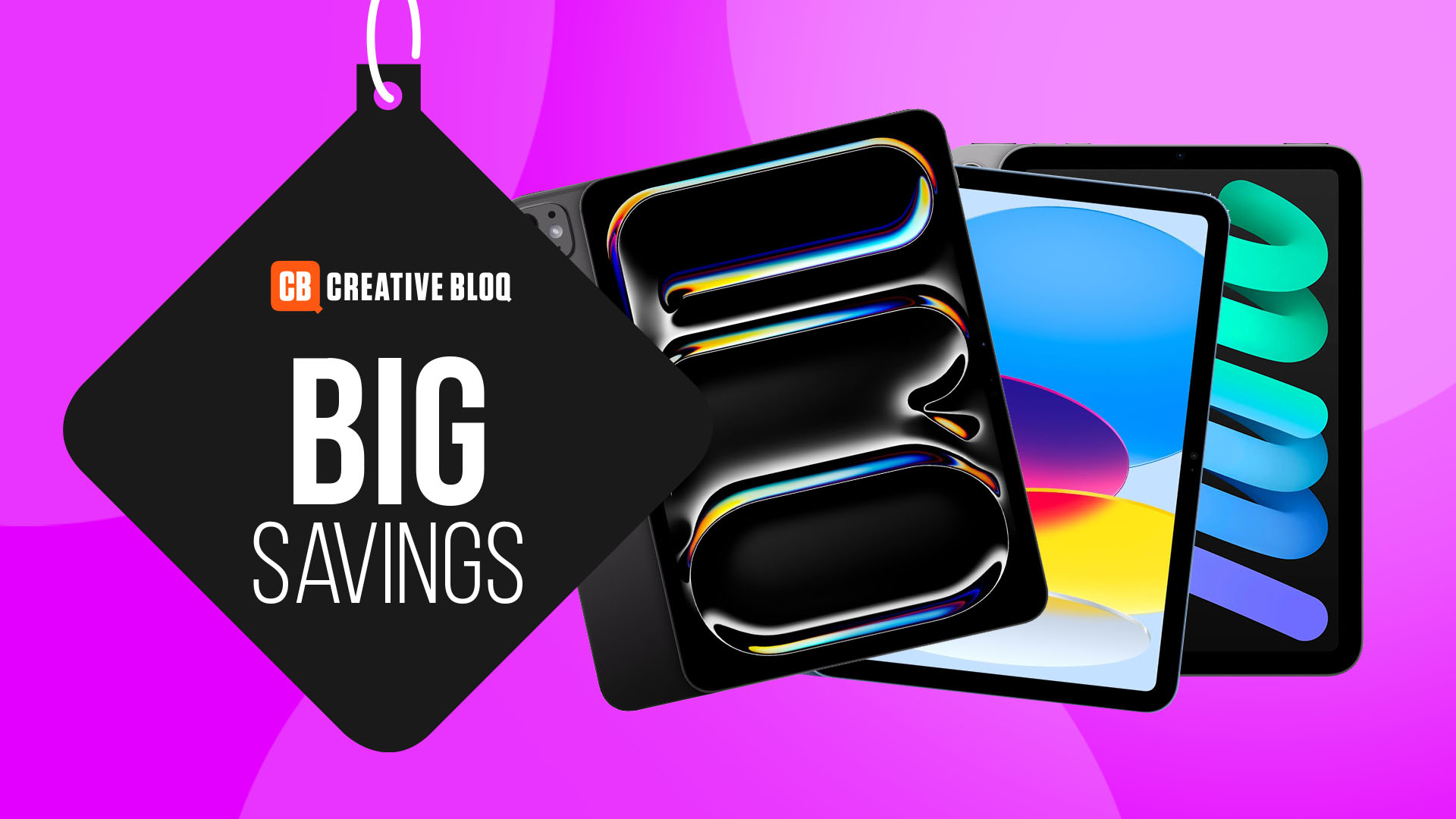Why smaller clients are often braver
Mytton Williams’ founders left London for a more local design community in Bath – and found incredible scope for creativity.
Two decades ago, Bob Mytton and Sophie Williams gave up the hustle and bustle of London, and relcoated their award-winning studio Mytton Williams in a beautiful old carriage house down a cobbled mews in the Georgian city of Bath.
The agency balances design work for internationally recognised companies like Waitrose, The National Trust, Clarks and Premier Inn alongside a plethora of local clients.
We spoke to Bob Mytton, founder and creative director of Mytton Williams, to find out what going local means for a successful design agency...
Why did you leave London for Bath?
Prior to setting up Mytton Williams, my wife and I met at Pentagram in London. She was a project manager and I was a junior designer. We loved working in the capital, it's a fantastic place. We worked there for about eight years before eventually deciding we wanted to settle down and start a family.
We fancied living outside of London, and Bath and Bristol felt like good places to work. I also landed a one-day-a-week teaching position at Bath Spa University, so lots of things fell into place.
How easy was it to adapt studio life?
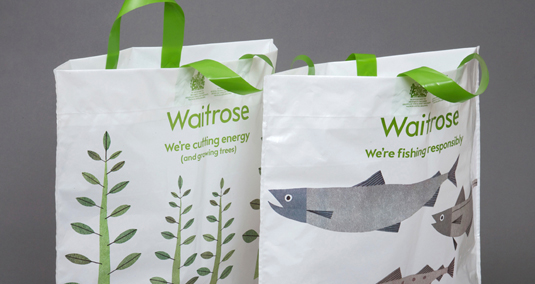
Bath is a perfectly sized a city for us and it's an easy commute back to London, plus there's an airport not so far away. Personally I wanted to be able to walk to work – that was always a dream and Bath's small enough to be able to live and work in the same place. Bristol is close by, and I love the vibrancy of the place and what's going on there.
There's also a lot of work locally and if you go a little bit further out you've got Swindon, Gloucester, Cheltenham – lots of reasonably sized cities around the M4 corridor to find work. As much as I love working further afield, it's great to have things on your doorstep.
What are the challenges of working outside of London?
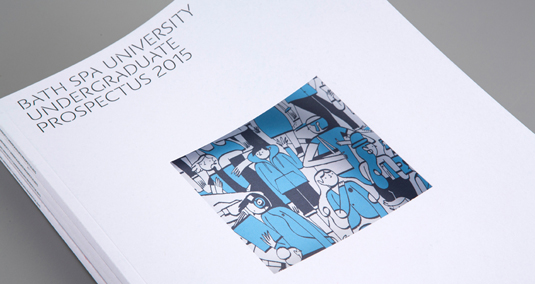
The pace of life is very different compared to the buzz of London. I remember making a phone call in our first week of being here and asking someone about getting something done in the evening, and them just telling me they would be going home at five o'clock.
I found that extraordinary! So that took a bit of time getting used to. I think that's changed a lot now – the design community has really evolved in the way it works. Communications have changed dramatically since.
How did Mytton Williams build a name for itself with local clients at the start?
We found work basically by going to as many local events as we could. We networked at events and talked to as many people as we could. Before websites were around (this was about 20 years ago) we would get work purely by word of mouth.
Quite early on, we started to build up a bit of a database for keeping in touch with people. Calendars were something we started sending out on a yearly basis. This approach turned out to be a good way of keeping in touch with people we met during the year, so we continued with it.
Do you find that local clients offer more creative freedom?
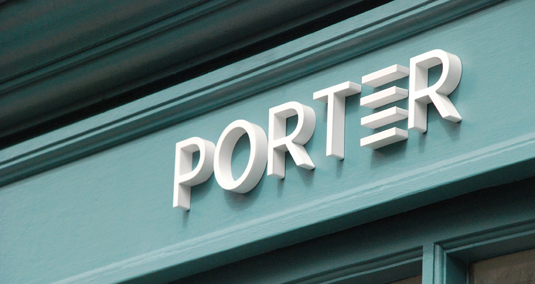
Are we allowed more creative freedom with local agencies or local companies? I would say smaller organisations, because we've worked with global, international, massive organisations, and we've worked with start-ups and SMEs. I always say probably the most enjoyment comes from working with, generally, the slightly smaller organisations, the SMEs, the start-ups.
A lot of the local organisations we work with have been of that slightly smaller size. We thoroughly enjoy it because you're often working with the owners – you're talking directly to the people at the top who make the decisions.
And being a little bit smaller they're sometimes a little bit braver. There's a little bit more scope for more creativity, and we really enjoy that.
How has the local design community evolved since you've been in Bath?
![Mytton Williams updated all aspects of the Wilsons brand, without forgetting the solicitors' 300-year history. [Opening image: Wilsons' responsive website]](https://cdn.mos.cms.futurecdn.net/0a0932bc3a77cd4b9aad415d3e378754.jpg)
There are a lot of creative agencies in the area. When we were in London, there was a really strong design community and people wanted to get together. So when we first moved here, we wanted to do the same.
I think some were a little bit suspicious at first: what were our motives? But I've always been a firm believer in getting together with other designers and design groups. I think it's better for us as a design community to go out there to the outside world, to clients, and to support one another.
Over the years, the community has grown into something really exciting. I think a lot of people did the same as us.
How would you describe your work?
Someone once described our work as having no fluff. I guess that goes to the heart of what we believe in. We've termed this idea 'intelligent simplicity', which effectively means well-thought-through ideas that are simple, beautiful and effective.
The idea of simplicity that we strive for is quite difficult to get right, but we believe in it and we try and bring it to bear in all our work. I think the best ideas and the best branding work tends to be based around a very simple, strong idea.
It tends to be simply expressed – and it's our aim to craft that expression beautifully. That way it becomes a very effective piece of work and our clients appreciate it because it's more distinctive, it's much easier for them to use, and it's far more memorable.
You've talked about sustainability being a major part of your approach to client projects. Can you elaborate?
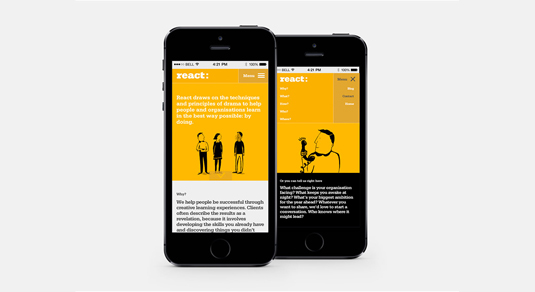
Sustainability comes into our focus in a number of ways. When we first started the agency it was simple internal things like print, paper stocks, and questioning whether we needed something. That's come right into our client approach these days.
When somebody comes to us and says "We need a brochure," we say, "Well, do you, really?" There's that questioning attitude that we think is really important and goes to the heart of the idea of avoiding damage to the planet in any possible way.
Now we consider what people are asking for and whether they really need what they think they do. It goes back to that idea of simplifying. If we're asked for a certain size of print, for example, we'll ask, "Are people really going to read it? Is there another way of doing it?"
You'll find the full article inside Computer Arts 234, a special branding issue.
Liked this? Try these...
- Does creative freedom actually exist?
- 10 tips for breaking onto the speaker circuit
- 13 secrets for creating game-changing branding

Thank you for reading 5 articles this month* Join now for unlimited access
Enjoy your first month for just £1 / $1 / €1
*Read 5 free articles per month without a subscription

Join now for unlimited access
Try first month for just £1 / $1 / €1
Get the Creative Bloq Newsletter
Daily design news, reviews, how-tos and more, as picked by the editors.

The Creative Bloq team is made up of a group of art and design enthusiasts, and has changed and evolved since Creative Bloq began back in 2012. The current website team consists of eight full-time members of staff: Editor Georgia Coggan, Deputy Editor Rosie Hilder, Ecommerce Editor Beren Neale, Senior News Editor Daniel Piper, Editor, Digital Art and 3D Ian Dean, Tech Reviews Editor Erlingur Einarsson, Ecommerce Writer Beth Nicholls and Staff Writer Natalie Fear, as well as a roster of freelancers from around the world. The ImagineFX magazine team also pitch in, ensuring that content from leading digital art publication ImagineFX is represented on Creative Bloq.
